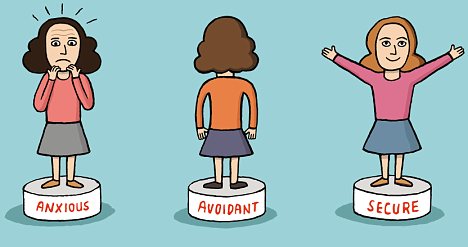Since I moved to Ontario,  when I tell people about the kind of therapy I particularly like to do (i.e. mindfulness and body-based) people seem interested. But they often say something like “huh?” or “my aunt does meditation too” or “ooh, I could use a massage” or “oh is that energy work?”. Sometimes I get a chance to clarify with an example. Often not. Here’s my chance.
when I tell people about the kind of therapy I particularly like to do (i.e. mindfulness and body-based) people seem interested. But they often say something like “huh?” or “my aunt does meditation too” or “ooh, I could use a massage” or “oh is that energy work?”. Sometimes I get a chance to clarify with an example. Often not. Here’s my chance.
What does “mindfulness-based approaches” mean?
When I say mindfulness-based approaches I mean therapeutic approaches that encourage noticing and engagement with present-moment experience.
Here are some examples from the therapy room:
> Tuning in
As we deepen into a topic or experience, I will help guide you into mindful awareness, which means helping you slow down and turn your attention inside. This way you can better notice your experience. e.g. If you’re talking about something that feels stuck for you, I may invite you to notice what’s happening inside as you talk.
> Experiments
If during an exploration of what’s keeping you stuck, we find that there’s something in there around setting boundaries, I may set up an experiment so that we can evoke present-moment experience to learn more about how your system has become organised. This could involve physicalising the internal dynamic or acting it out somehow.
> Grounding
I use mindfulness to help build your grounding and relaxation skills. If we find your experience starts to get too intense to be therapeutically useful, I can help you settle so you feel more in control.
> Particular methods
I draw on Hakomi Therapy and Focusing-Oriented Therapy – these have elements of mindfulness practice in them.
Is it like meditation?
In a way yes, because you are using your observer mind to notice your experience.
In a way no, because meditation is a specific practice you do to develop your mindfulness skills, often following your breath for 20 mins at a time. I rarely spend a lot of time teaching meditation in sessions. Mostly I’d refer you to groups to do this such as Mindfulness Hamilton or online resources.
Is “mindfulness-based” often used interchangeably with “body-based” or “somatic”?
Yes
Why do you use mindfulness-based approaches?
Because clients find them interesting and effective. They are also the only therapy that has ever worked for me, so I’m biased, but here are some better reasons:
- I think of feelings as energy wanting to move, or a flag being waved from inside saying “pay attention to me”. Mindfulness helps you experience big feelings whilst staying safe. It helps you understand them and relate to them.
- If feelings are overwhelming, mindfulness-based approaches help you develop grounding skills to help you get back in the drivers seat.
- We get real-time information about your experience and how you are organising your experience. We work together to heal the hurt parts and help you get unstuck, in real-time. You actually feel the difference.
- By practicing these mindful approaches in session, you start to develop a different language for working with your inner experience. With a little practice this becomes a language you can use on your own. No need for ongoing expensive therapy. Win!
Longer term benefits to the client include:
- Increased emotional regulation
- Decreased reactivity and increased response flexibility
- Decreased stress and anxiety
- Offers a new language to communicate with your inner world
All that said, I always work with you to find approaches that fit – I would never use any of these approaches without your consent, and I can of course draw on other approaches should you prefer them or if they are more appropriate for the situation.
Check out these articles with practical examples either taken from client sessions, or from my own inner work, of what this kind of process can look like:



